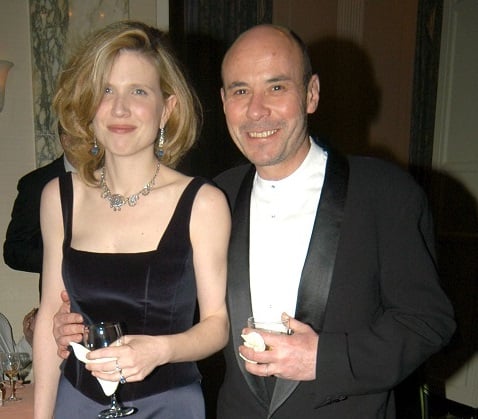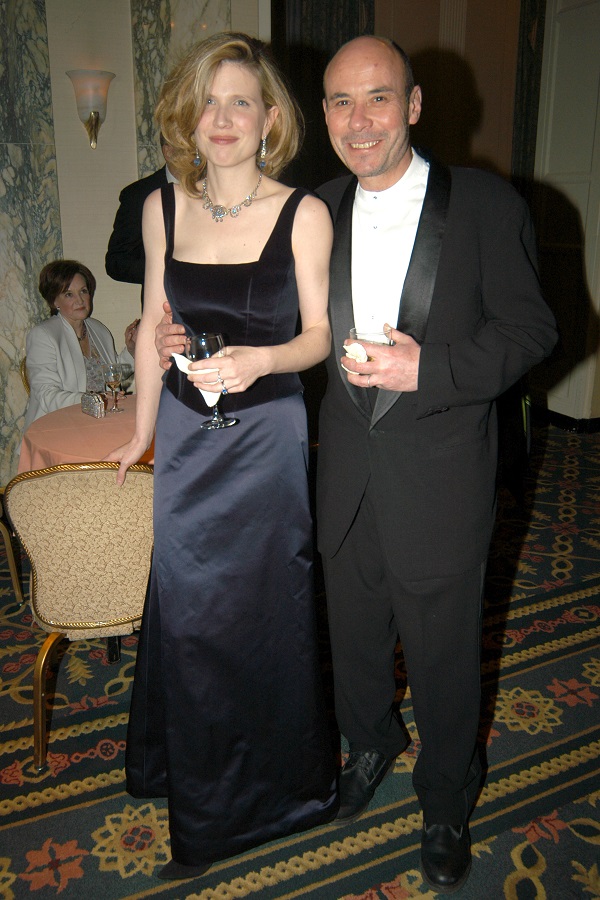Art & Exhibitions
Supreme Court Declines Investor Claim for $21.6 Million from Salander-O’Reilly Swindle
Investors are still trying to recoup millions in losses.

Investors are still trying to recoup millions in losses.

Eileen Kinsella


Larry Salander in better days. Photo: Patrick McMullan/PatrickMcMullan.com
On Monday, March 23, the Supreme Court declined to hear the case by investor group Renaissance Art Investors (RAI) against insurer AXA Art. The denial of the petition for a writ of certiorari is just the latest set-back in a series of successive legal blows in RAI’s unsuccessful bid to recover the remaining $21.6 million in outstanding losses from fallout related to the Salander-O’Reilly Galleries scandal.
“It was a rather strong disappointment,” Barry Slotnick, the attorney for RAI, told artnet News via telephone about the “cert petition” not being granted. “This matter has been going on for many years and it is one of great significance.”
“Our policy excludes fraudulent , dishonest or criminal acts by anyone entrusted with the covered property,” said Colin Quinn, vice president, director of claims management for AXA Art Americas Corporation in an email. “Given that Mr Salander pled guilty to 29 felony counts of larceny it would appear our coverage position was well founded . Additionally , our policy covers physical loss to the covered property , we do not cover financial losses stemming from defalcation or bankruptcy.”
Last month, RAI filed a petition for a writ of certiorari asking the Supreme Court to require a New York federal court to clarify or enforce an earlier order in which it dismissed the dispute over coverage between RAI and AXA Art. However, the Supreme Court declined to take the case.
Larry Salander is serving a 6-to-18 year prison sentence for his multi-milllion dollar fraud. His request for early release in July was denied by the parole board.
Back in the early 1990s, RAI entrusted owner Salander with a portfolio of 328 works worth a reported $42 million. From 1994 until late 2007, Salander defrauded more than 30 dealers, investment firms, and collectors. To conceal his fraud, he provided RAI with forged invoices and inventories. RAI was eventually able to recoup some of its losses but 155 pieces with an insured value of $21.6 million were never found. It is not known whether Salander sold the works and kept the proceeds or kept the works themselves. (See: 7 Year Legal Battle Returns Seized $10 Million Botticelli Painting and Will Larry Salander’s Fraud Victims Get Their Money Back?)
Having recouped partial losses through litigation following the gallery’s 2007 collapse and ensuing bankruptcy, RAI turned to its insurer AXA Art for the remaining amount on some 155 works. AXA took the position that the gallery’s failure to return either art or sales proceeds was “not a fortuitous loss qualifying for coverage.”
The RAI claim is one of the few remaining outstanding claims in the massive, complicated fraud, though it also illustrates the wide range of outcomes of fraud victims in being able to recoup part or all of their losses.
Yesterday’s ruling is the second time (the first was in 2013) the high court has turned down a petition in the case over coverage pertaining to the losses from the notorious Salander scandal. (See Judge Tells Leigh Morse Get Ready to Pay $1.7 Million Restitution and Judge Threatens to Put Convicted Dealer Behind Bars Again.)
“We haven’t given up,” Slotnick added. “There are cases that have been moved for cert and we hope that one of these dealing with art will ultimately prevail, and we can rejoin the fray.”